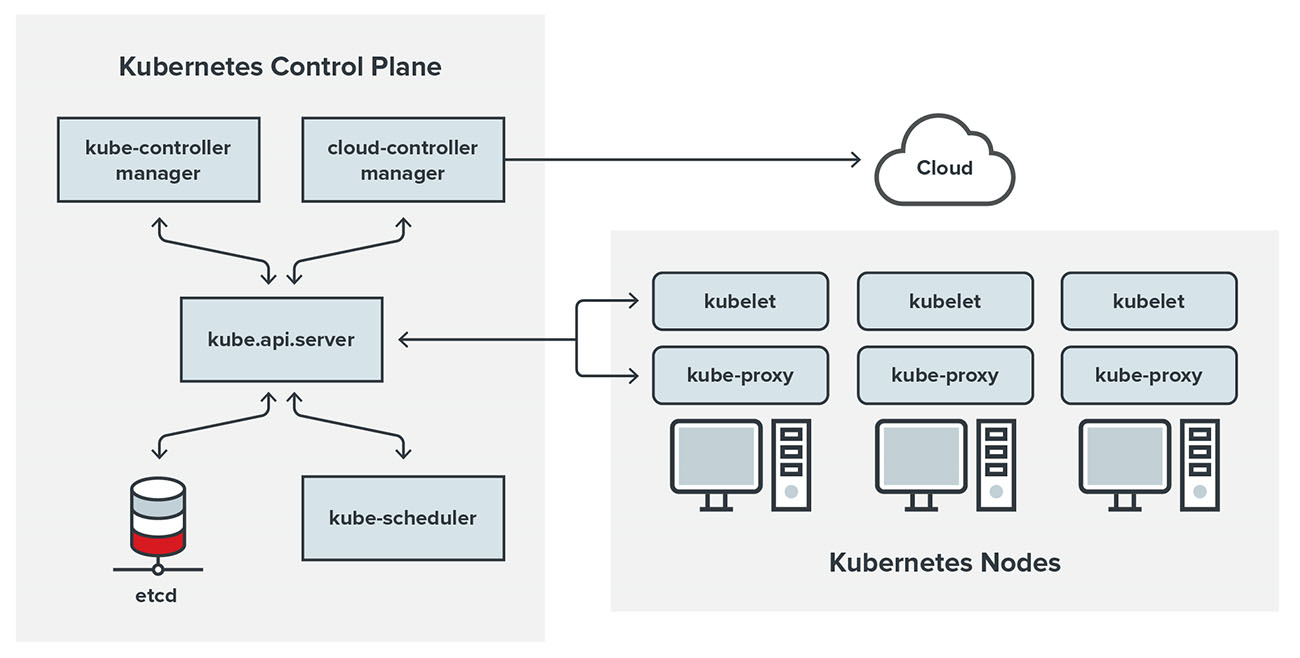

There are a few things you need to do to get the VM ready. Set the default network adapter to connect to the “Bridged adapter” to enable traffic between the VM and the host machine.You should have Ubuntu 16.04 or later installed.Try to allocate at least 4096 MB of RAM and 20 GB of drive space.Allocate at least 2 vCPUs, even if you’re overcommitting your resources there are pieces of this example that won’t start with just one.(You can find instructions for creating the VM here.) A couple of things to note about the VM: These instructions were tested using a Virtualbox VM, but in theory they should be the same for a bare metal deployment. (It’s straightforward to create multi-node deployments, but we’ll cover that in later articles.) Create the VM This article is a quick and dirty guide to creating a single-node Kubernetes cluster using Kubeadm, the “best practices” tool the k8s community created to simplify the deployment process. Whatever your goal, you want it quick, and you want it simple. Maybe you want to test out a small application, or create a development environment for yourself.
#Best way to install kubernetes cluster full
Stay tuned for the next one.Sometimes you just need a Kubernetes cluster, and you don’t want to mess around with a full Kubernetes install procedure.

Installing a Kubernetes Dashboard per namespace and with limited options is a simple way of adding more visibility to the Kubernetes cluster without violating security. You can further adjust `dash-kubernetes-dashboard-read-only` role to make it work for your use case.

If you try to list namespaces or check cluster-wide resources, you will get the namespaces is forbidden error message, which is what you wanted to achieve by running it per namespace. You can go ahead and check if the dashboard works as expected. Kubernetes-dashboard/kubernetes-dashboard Kubectl apply -f kubernetes-dashboard-rolebinding.yaml -n default The last step it to apply all those resources and to install the dashboard: kubectl apply -f kubernetes-dashboard-role.yaml -n default NOTE: Set a preferred namespace - default in this case. Name: dash-kubernetes-dashboard-read-only First, create a custom config for kubernetes-dashboard helm chart: cat > values-dashboard.yaml kubernetes-dashboard-role.yaml kubernetes-dashboard-rolebinding.yaml< Kubernetes Dashboard does have namespace support. Or even more, make it read-only and disable access to some sensitive info, like secrets. But, you probably want to limit users for touching anything that is not part of their namespace. On top of that, all secrets are explicitly created, and ServiceAccount doesn't have permission to create any secret. The latest version of Kubernetes dashboard v2.0 is running without a cluster-admin role, which was too dangerous. Let's see how to install and configure it for this scenario. Kubernetes Dashboard is easy to install, but you might want to have it per namespace and to limit what users can do. If you are interacting with it daily or managing the cluster itself, you are probably more fine with CLI, aka kubectl. Even though I'm not Kubernetes Dashboard user, I understand why it is the easiest way for most people to interact with their apps running on top of Kubernetes.
#Best way to install kubernetes cluster how to


 0 kommentar(er)
0 kommentar(er)
